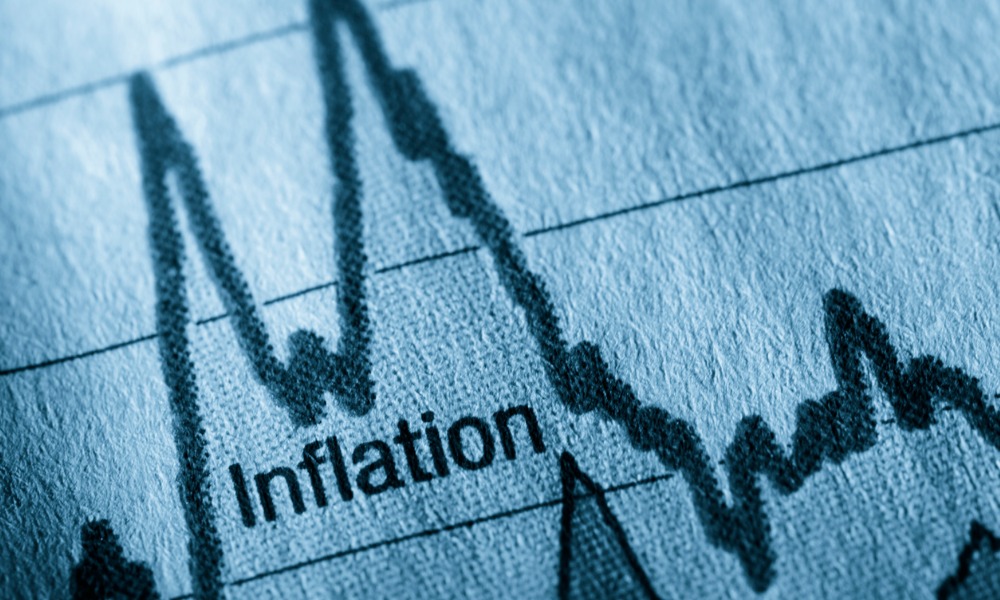The RBA's efforts to curb inflation may come at a cost to the labour market

The Reserve Bank of Australia is facing an increasingly urgent battle to tackle rising inflation, but economists are warning that their efforts may come at a significant cost to the labour market.
Leading economists suggest that if the RBA's efforts to control inflation are successful, the unemployment rate could reach as high as 5.5%, potentially erasing all the historic gains made in the labour market during the pandemic, The Australian reported.
Westpac chief economist Bill Evans has forecasted this dire outcome, indicating that hundreds of thousands more Australians could be left jobless by mid-2025 compared to the current near-50-year low unemployment rate of 3.6%. Evans argues that the RBA has shifted its focus to urgently addressing consumer price growth, even if it means sacrificing employment gains.
Evans highlights a notable change in tone from RBA deputy governor Michele Bullock, who recently stated that the unemployment rate should rise to 4.5%.
“For the past year we have been hearing that the RBA are targeting inflation but trying to retain the labour market benefits from the pandemic,” Evans told The Australian. “And yet during the week, the deputy governor said, ‘We’re uncomfortable with an unemployment rate below 4.5%.’ Targeting a 1% increase in the unemployment rate has a different tone to aiming to preserve the post-pandemic employment gains as far as possible.”
Job gains at risk
As the RBA has implemented a series of rapid rate increases, raising the cash rate from 0.1% to 4.1%, Evans expects further increases in the upcoming meetings, leading to a rate of 4.6% by August. He believes that the significant gap between labour demand and supply will necessitate a more substantial correction in the job market.
Read next: How high will interest rates go?
The RBA's latest forecasts anticipate unemployment reaching 4.2% by June 2024 and 4.5% by mid-2025, The Australian reported. However, Evans predicted a more severe economic slowdown, projecting a jobless rate of 4.6% in a year's time and 5.5% by the middle of 2025. ANZ head of Australian economics Adam Boyton agreed that the RBA's forecast suggests a willingness to accept a substantial increase in the unemployment rate.
ANZ expects the unemployment rate to reach 5% by December 2024, a level similar to the pre-pandemic period. This presents a challenge for the Labor government, which boasted a record start with the creation of 465,000 jobs in its first year, The Australian reported. The RBA's intensified battle against rising prices puts this achievement at risk for the remainder of Labor's term.
Based on the growth in the labour force and a steady participation rate, a 5.5% unemployment rate by mid-2025 would mean an additional 290,000 unemployed Australians compared to if the rate had remained at the current 3.6%.
Despite the pressures of surging mortgage costs and the rising cost of living, which have hindered household spending growth and dampened consumer confidence, the labour market has not shown significant signs of weakening. Although employers are starting to reconsider their hiring plans, skill shortages remain a pressing issue for many businesses.
While job vacancies have decreased since their peak in May last year, dropping to under 440,000 by February, there are still nearly double the number of employment opportunities compared to pre-pandemic levels, The Australian reported. The situation presents a delicate balancing act for the RBA as it navigates the trade-off between controlling inflation and maintaining a robust labour market.
Have something to say about this story? Let us know in the comments below.



